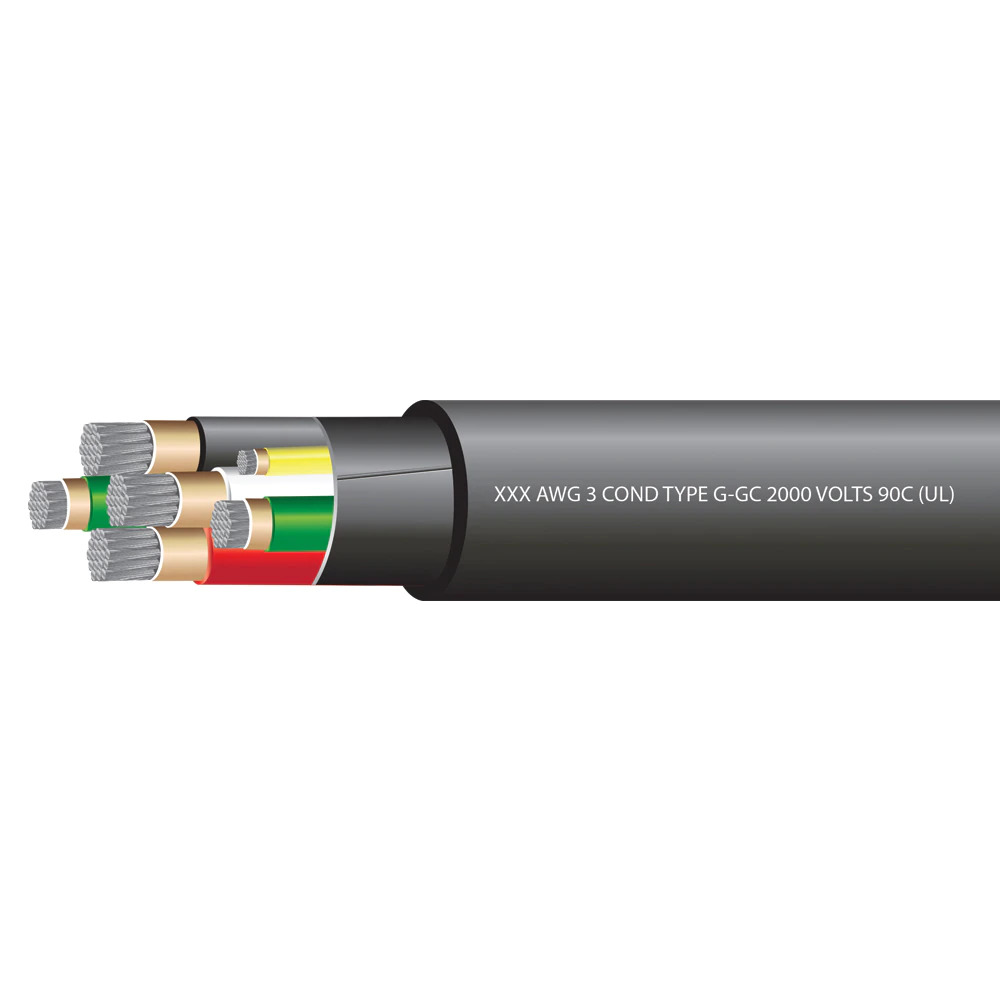When you’re looking at setting up a solar array for your home and working with a group of engineers and electricians to do it, you’re going to be looking at a lot of terms that may appear more or less alien. Looking at a word like “10 AWG solar PV multi conductor tray cable,” it would be surprising if you didn’t have more than a few questions.
The funny thing is, this term doesn’t even apply to any of the technical aspects of the solar panels or even of the inverter or the highly specialized pieces of equipment linked together in a solar array to enable it to provide power to your home.
It’s actually a word for a type of cable that can be used in certain situations in solar arrays in order to keep everything operational, but there are some specific features it has that give it such a long, drawn out name. To understand what it means, we’ll break it down piece by piece.
However, for the purpose of clarity, we’re not going to do this in order. Let’s start with the obvious, which is the word cable. As you can imagine, a cable is an electrical conductor that transfers the flow of electrical energy from one place to another. In this instance, it is a multi-conductor, which means there are many strands of conductors (typically, copper) woven together and then insulated.
This is important to clarify because cables are different from wires in this manner. A wire is a single conductor whereas a cable is made of many. That makes the distinction “multi conductor” slightly redundant in this instance. It draws attention to the fact that this type of cable is supposedly more flexible than alternatives.
It’s not just cable, though; it’s tray cable. Tray cable is cable that has been rated as acceptable for use in trays, which are an alternative to conduits that are highly preferable in some situations. Whereas conduits entirely enclose the cables within them, trays leave them partially exposed.
This does expose the cables on the trays to the elements, and it can also expose them to electromagnetic interference, but the benefit is that it is easier and more cost effective to lay the cables on the trays as opposed to drawing them through the conduits. Additionally, trays enable the more efficient dissipation of heat.
As for the terms solar and PV, luckily these mean effectively the same thing. When a cable is termed as solar, that means that in some capacity or other the cable has been rated as suitable for use in solar arrays. PV is short for photovoltaic, which is the term applied to cables that are also suitable for use in solar systems. That makes PV and solar different iterations of what is effectively the same thing.
In case you were wondering, there are a number of features that make a cable suitable or unsuitable for use in a solar array, among them being the number of conditions to which the cable is resistant. Solar cables should be suitable for use in wet or dry locations (since they’ll be outside) and they should also be resistant to a range of temperatures in addition to exposure to UV light.
Finally, we’re left with 10 AWG, which simply is a measure of a cable’s cross-sectional area; using American Wire Gauge (AWG) 10 AWG is a measurement of the “size” of a cable and will affect its voltage rating and the ampacity that it can carry.
That just about parses every component of “10 AWG Solar PC Multi Conductor Tray Cable,” but if you want to learn more about them, visit EWCSWire.com. There, you can ask your questions to qualified specialists via a live chat, although you can also reach out to them for more help at [email protected] or by phone at 800-262-1598. They’d be more than happy to answer your questions about power and control cables!
For more information about Marine Battery Cable and Fire Alarm Cables Please visit : Electrical Wire Cable Specialists.



